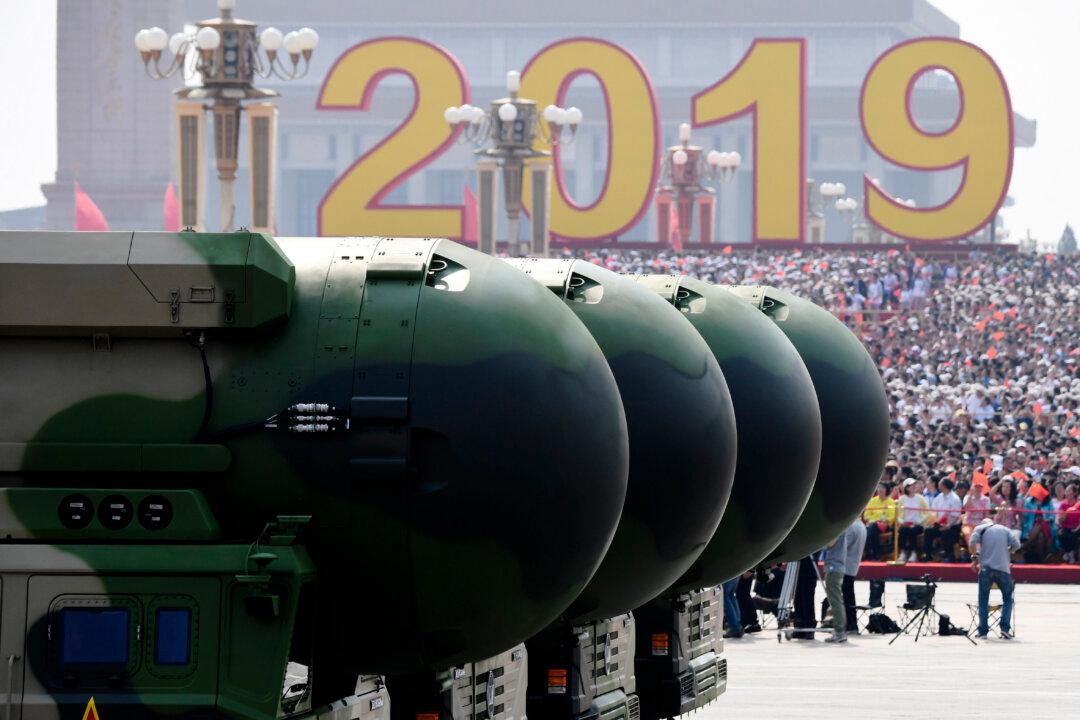Chinese military hardware has a tendency to be dismissed as second-rate knockoffs of Soviet Cold War models and stolen Western tech, like the Soviet-built “Chinese” aircraft carrier, or the two Chinese fifth-generation jets under development that closely resemble the American F-22 and F-35 stealth fighters.
But with a burgeoning expenditure and a mind to expanding its influence at home and abroad, the Chinese People’s Liberation Army (PLA) has been outfitting its forces with some interesting, if not as flashy, equipment and innovations that haven’t quite caught on in Western militaries.
The ZTQ ‘Mountain Tank’

The ZTQ light tank in Tibet. Sina Military Network




